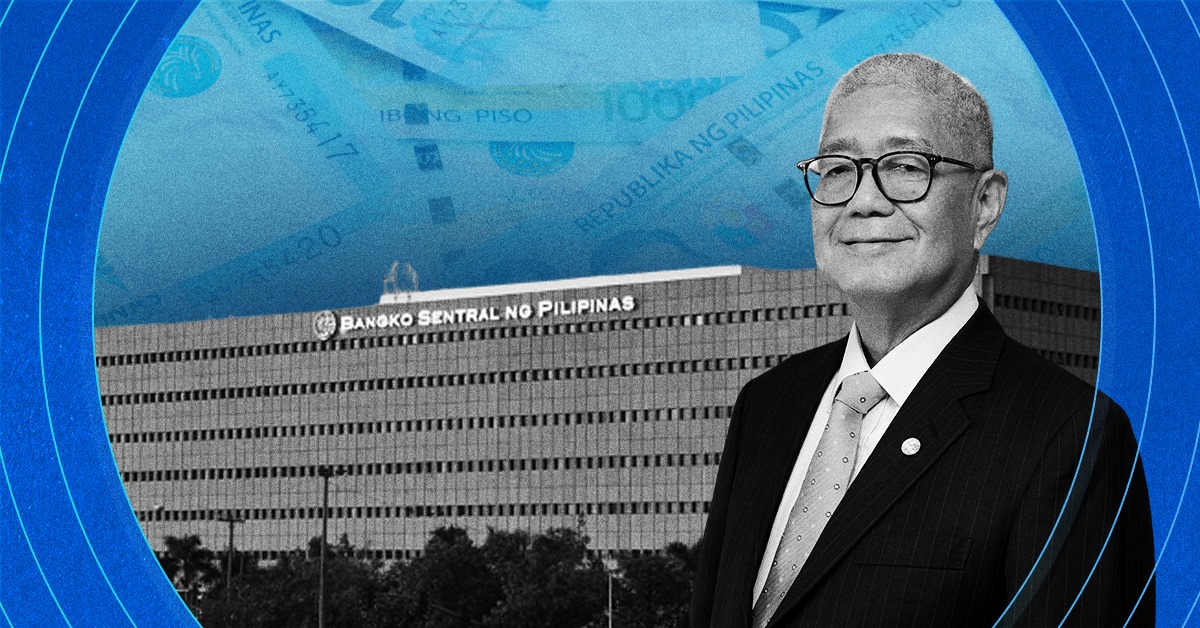MANILA, Philippines — The Bangko Sentral ng Pilipinas (BSP) would “unlikely” tighten monetary policy settings—or raise rates—even more despite the faster price gains seen in February, Governor Eli Remolona Jr. said as he stressed “it’s still too soon to declare victory” in its inflation battle.
At the same time, Remolona told a press conference on Wednesday that the timing of possible rate cuts is still uncertain at this point, as he remained wary of “second-round effects” that could potentially make it harder for the BSP to keep inflation in check.
“So I can’t say that we’re going to ease soon. I think it’s unlikely that we will tighten some more. But we’ll see what the data says,” Remolona said in a press conference on Wednesday. “The main thing is still whether there are upside risks, supply-side shocks, whether there should be more of them, and whether they will cause second-round effects. So that we don’t know for sure,” he added.
At its meeting last month, the Monetary Board left its benchmark rate unchanged at 6.5 percent, the highest in more than 16 years, in what the BSP called a “prudent” move amid persistent risks to the inflation outlook.
READ: Philippine central bank governor rules out easing rates ‘soon’
Inflation, as measured by the increase in the consumer price index (CPI), quickened to 3.4 percent year-on-year in February, from 2.8 percent in the preceding month. While the latest print surpassed the median estimate of 3.1 percent in Inquirer’s poll, this marked the third straight month that inflation has settled within the 2 to 4 percent target range of the BSP.
National Statistician Claire Dennis Mapa said rice price inflation, which had soared to a 15-year high of 23.7 percent in February, was to blame for the flare-up amid high global prices of this commodity. This pushed up the overall food and drinks inflation rate to 4.6 percent, from 3.5 percent previously.
According to Remolona, rice costs have ”outsized effect” on inflation expectations. The local household staple accounts for 8.9 percent of the CPI.
“Let me say that rice prices are a source of upside risk. They are also what we call a salient price, which means people tend to notice the rice prices more than they notice other prices,” the BSP chief said.
READ: In a ‘prudent’ move, BSP keeps key rate at 6.5%
The BSP had said inflation would ease this first quarter before overshooting the target anew in the second quarter as favorable base effects fade. Average price hike is projected to return to the target band in the third quarter to average 3.6 percent this year.
What’s worrying the BSP at the moment are higher transport charges and electricity rates, as well as costlier oil and domestic food prices. The central bank is also wary of the additional impact on food prices of a strong El Niño episode.
“We seem to be on our way, but there’s not enough data to assure us that we will settle comfortably within our target range,” Remolona said.
”Our models say it’s (inflation) going to be around 3.9 [percent] for the year. So it’s on the edge,” he added.
The Monetary Board will hold its next policy meeting on April 4.


